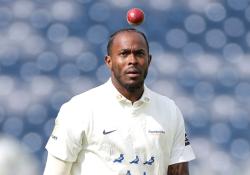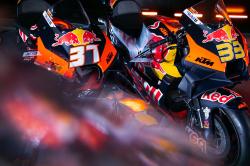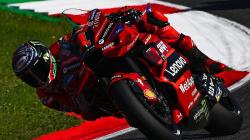Daniel Dubois Future Will He Get a Rematch with Usyk

Introduction
Daniel Dubois, the IBF heavyweight champion, is at a crucial point in his boxing career. He had to pull out of his fight with Joseph Parker due to illness. Still, his future looks bright. Frank Warren, his promoter, thinks a rematch with Oleksandr Usyk is still possible. Usyk holds several heavyweight titles. In this article, we will discuss what is next for Dubois. We will explore why his rematch with Usyk might take place and who else he could fight in the ring.
Why Dubois Pulled Out of the Parker Fight
What Happened?
Dubois was all set to defend his title against Joseph Parker in Saudi Arabia. But days before the fight, he fell ill and had to withdraw after a medical check-up. This was a tough break for him because he had trained hard and was looking forward to proving himself again.
Who Stepped In?
Since Dubois was out, Martin Bakole stepped in as a replacement. But the fight didn’t last long—Parker knocked out Bakole in two rounds. Many fans wondered if Dubois could have done better.
How Dubois Felt About It
Of course, Dubois felt upset. He lost the chance to defend his title, earn a big paycheck, and give fans an exciting fight. His promoter, Frank Warren, said Dubois is very disappointed. But he’s staying focused on what’s next.
Could We See a Dubois vs. Usyk Rematch?
Their First Fight in 2023
Dubois and Usyk fought back in August 2023, and it was a tough match. Dubois put up a fight, but Usyk managed to win with a knockout in the ninth round. Since then, many fans have been waiting to see if Dubois would get another shot.
Why a Rematch Makes Sense
The IBF named Dubois the heavyweight champion after Usyk gave up the belt in June 2024. Now that Dubois holds the IBF title, a rematch could be a great opportunity to unify the belts again.
Who Else Could Dubois Fight?
A Showdown with Anthony Joshua?
Another big-name fight for Dubois could be against Anthony Joshua. They have different fighting styles, which could make for an exciting match. Plus, Joshua is still a major star in the boxing world, so this fight would get a lot of attention.
Looking for ways to watch these exciting fights live? Check out free boxing streams for updates and streaming options.
Other Heavyweight Contenders
If Dubois doesn’t fight Usyk or Joshua next, there are plenty of other top fighters he could go up against. Tyson Fury is always a possibility, and so is Deontay Wilder. Both of these fights would be major events in the heavyweight division.
What’s Next for Dubois?
When Will He Decide?
Dubois and his team expect to decide on his next fight soon. His promoter has said they’re weighing all options and will make the best choice for his career. Whether it’s Usyk, Joshua, or someone else, we’ll likely hear an announcement in the next few weeks. For more boxing news and update you can check out BBC boxing sports section.
Getting Back in Shape
Since Dubois was sick, he’ll need time to recover and get back to full strength. His training will be key in making sure he’s ready for whoever he faces next. With the right preparation, he has a good chance of bouncing back stronger than ever.
FAQs
1. Why did Daniel Dubois cancel his fight with Joseph Parker?
He had to withdraw because he got sick and wasn’t cleared to fight after a medical evaluation.
2. Will he fight Usyk again?
It’s possible! His promoter thinks they might arrange a rematch, but nothing is confirmed yet.
3. Could he fight Anthony Joshua instead?
Yes, that’s another big possibility. A fight between Dubois and Joshua would be huge for the heavyweight division.
4. What does this setback mean for his career?
Though he missed the Parker fight, Dubois still holds the IBF title. He has got many big fights ahead.
5. When will we see Dubois back in the ring?
It depends on his recovery and negotiations, but we should know more in the coming weeks.
In conclusion
Despite his ups and downs, boxer Daniel Dubois has a bright future. His next fight will be significant, regardless of whether he faces Joshua, Usyk again, or another elite opponent. Fans of boxing will be keenly monitoring his recuperation and preparation for his next move. Regardless of the opponent, one thing is certain—Dubois is far from finished!



















